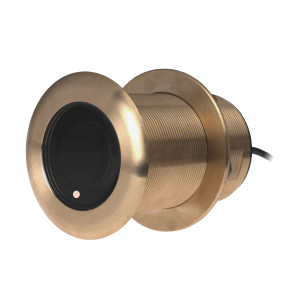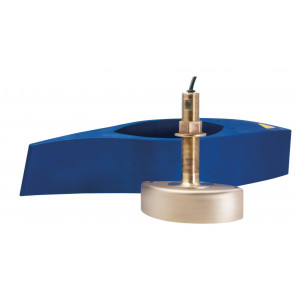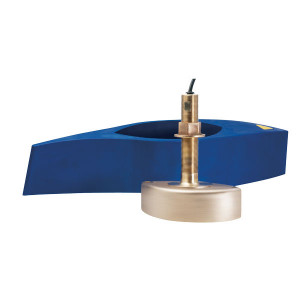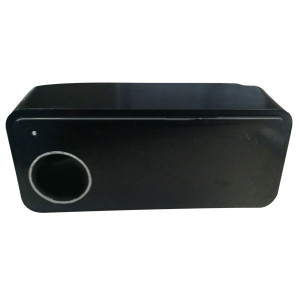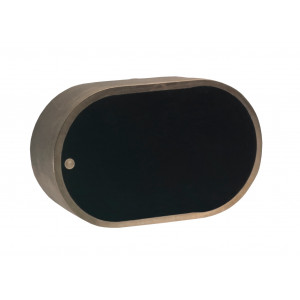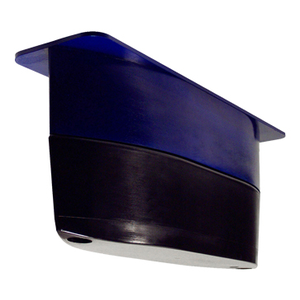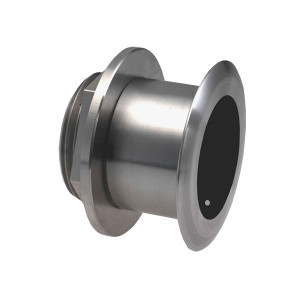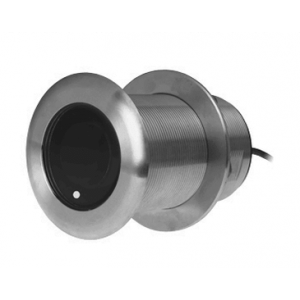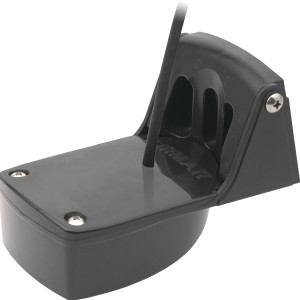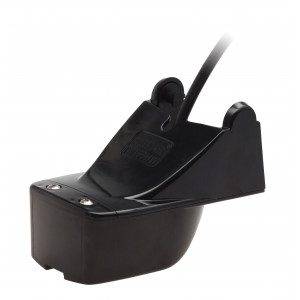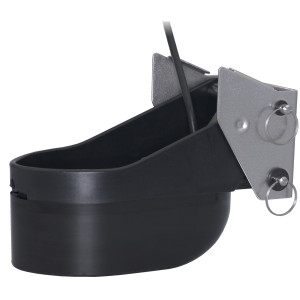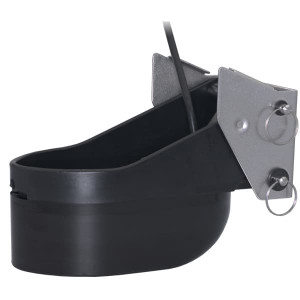CHIRP
CHIRP sonar is cutting edge fishfinder technology. Unlike the single frequency of the broadband or digital sonar technology, CHIRP continuously sweeps a spectrum of many frequencies within a long duration pulse. The equivalent sound energy is hundreds of times greater than a fixed, single-frequency pulse, resulting in more energy on target. This provides huge advantages in detail, resolution and accuracy at much greater depths. Sweeping frequencies improves the quality of the sonar signal by offering better target separation and less interference from errant noise that would have been picked up by a single frequency sonar.
- Low CHIRP (<80 kHz): Lower CHIRP is used in deep water, it offers great depth performance identifying targets at all depths in the water column. Best for depths > 600 feet or 180m.
- Medium CHIRP (80-160kHz) or 83kHz: Medium CHIRP can display a wider coverage area, scanning large areas more quickly, than high CHIRP and provides a higher resolution than low frequency CHIRP. 83kHz is ideal for watching a bait under the transducer in shallow water. Best for depths < 600 feet or 180m.
- High CHIRP (160-800kHz) or 200kHz: Higher frequencies display a higher resolution image, making it easy to discern fish from structure or structure from the bottom. The trade-off is that maximum depth goes down as the frequency goes up. Best suited to inland and freshwater fishing activities. Best for depths < 600 feet or 180m.
- 455kHz allows for scanning of a wide field of view with picture-like detail.
- 800kHz has a shallower maximum depth range but even greater realism and detail than 455kHz
Many CHIRP transducers are now made as Mix and Match models. These versions have a common base transducer with an attached 9-meter cable, plus an interchangeable short (1-meter) brand-specific adapter cable.
Please note that CHIRP Mix and Match cables cannot be used with conventional 50/200kHz transducers.




